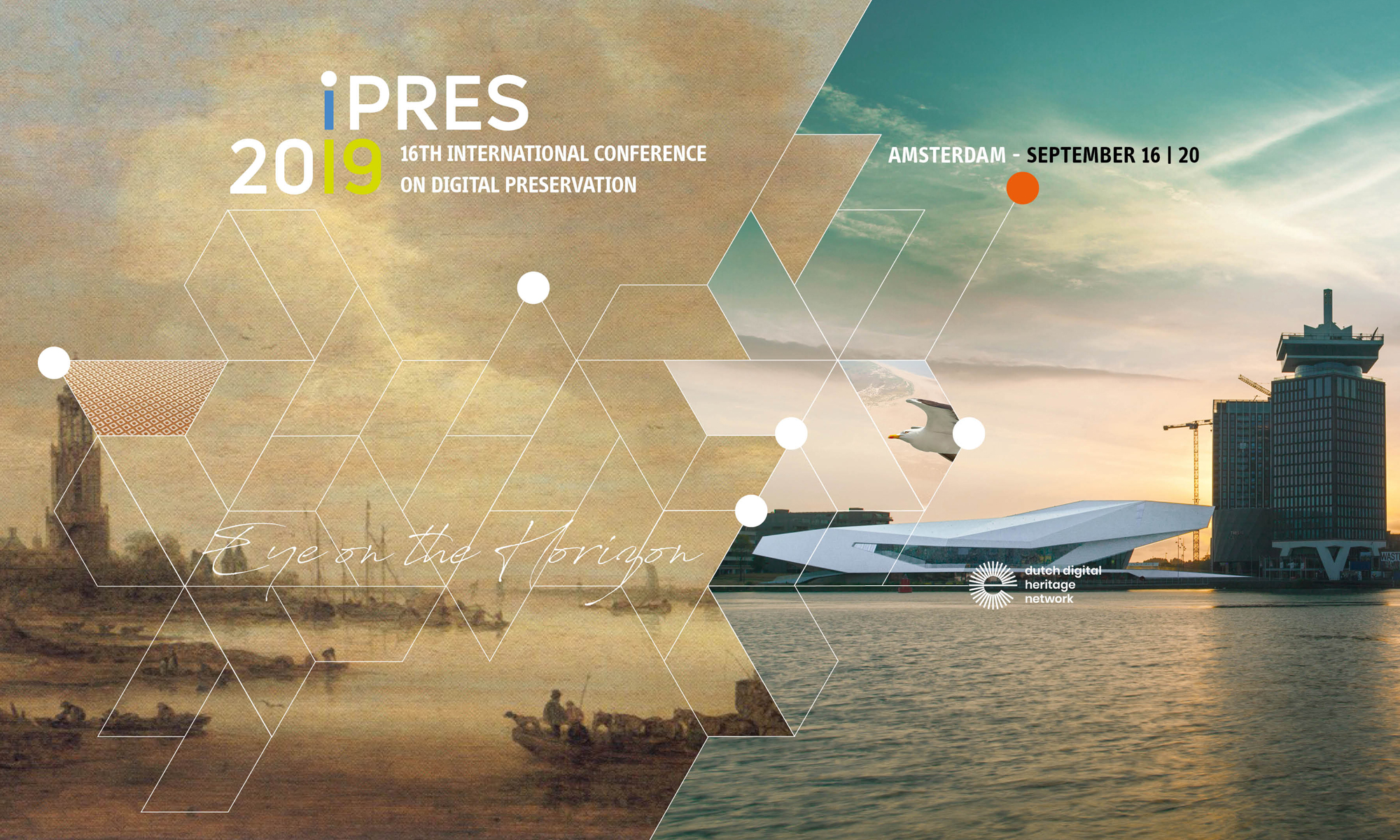SUSTAINABILITY // Risk Management
Cinema 1
Paper
Detailed Programme
Preservation of Metadata - A case study of a strategy to ensure technology agnostic metadata preservation
Eld Zierau (Royal Danish Library)
This paper focuses on strategies for preservation of metadata; one of the major topics in the creation of a new digital preservation strategy for the merged Royal Danish Library. Preservation of metadata is important to ensure preservation of all relevant information in order to be able to access digital objects in the future. This includes all kinds of metadata, which contributes to the understanding of an object, e.g. preservation metadata as well as descriptive metadata. The need for metadata is commonly accepted, but it is not as commonly accepted that metadata need to be preserved to the same extent as files. There are many challenges due to the fact that metadata are often updated. This is probably one of the reasons why there exist numerous examples of metadata being under backup only and not under bit preservation. Preservation of metadata is not just needed for future access of the objects, but also for re-establishment of repository systems after major breakdowns – or for establishment of a new repository as part of an exit strategy from a previous system. The latter case may also mean that the metadata have to be structured in a way, which can be used by different systems supporting digital preservation. This paper describes how the newly merged Royal Danish Library has created a digital preservation strategy to cope with these challenges, and discuss the background for choices made in this process.
Download Paper (PDF)An Overview of the Digital Preservation Storage Criteria and Usage Guide
Eld Zierau (Royal Danish Library), Sibyl Schaefer (University of California, San Diego), Nancy McGovern (Massachusetts Institute of Technology) and Andrea Goethals (National Library of New Zealand)
The Digital Preservation Storage Criteria (or “Criteria”) resulted from a community discussion at iPres 2015 on providing guidance to organizations that either use or provide digital preservation storage. First developed in 2016, they have been refined in iterative versions over the last three years based on feedback gathered at conference sessions and through a survey. The Criteria are intended to help with developing requirements for, or evaluations of, preservation storage solutions; to seed discussions about preservation storage; or to use within digital preservation instructional material. The latest version of the Criteria contains sixty-one criteria grouped into eight categories: content integrity, cost considerations, flexibility, information security, resilience, scalability & performance, support, and transparency. A usage guide, developed to accompany the Criteria, has recently been developed. It includes sections on key topics to consider for preservation storage in addition to the Criteria: risk management, independence, elements in establishing bit safety, and cost considerations. The usage guide will be released publicly for review as one of the next steps in the project, along with developing version 4 of the Criteria and taking steps to further build the community around the Criteria.
Download Paper (PDF)Early Exit Strategies in Digital Preservation
Ashley Adair (University of Texas Libraries, University of Texas at Austin)
Digital preservation is a continuous activity requiring long-term effort, the lack of which presents risks for data falling behind in maintenance, representation, functionalities, and long-term safeguarding. However, data collections do not always have an assured preservation pathway. Going to the rescue of data at preservation risk requires potentially costly and time consuming strategies. The ability to respond successfully is enhanced by planning an exit strategy for the data. We present two strategies implemented due to the closure of a distributed data preservation initiative and stress the importance of a “plan B” to digital preservation plans.
Download Paper (PDF)

